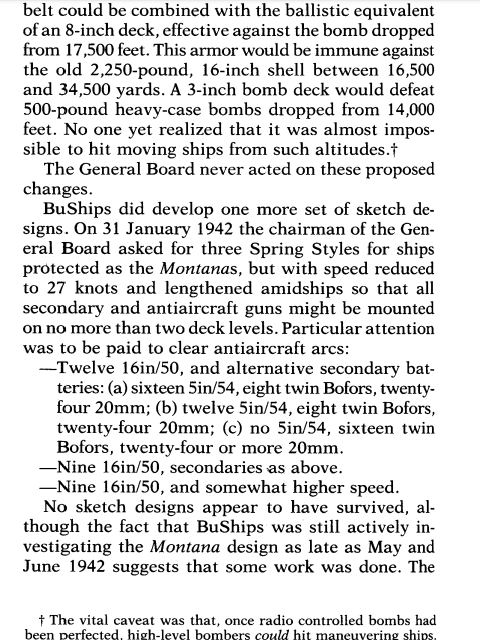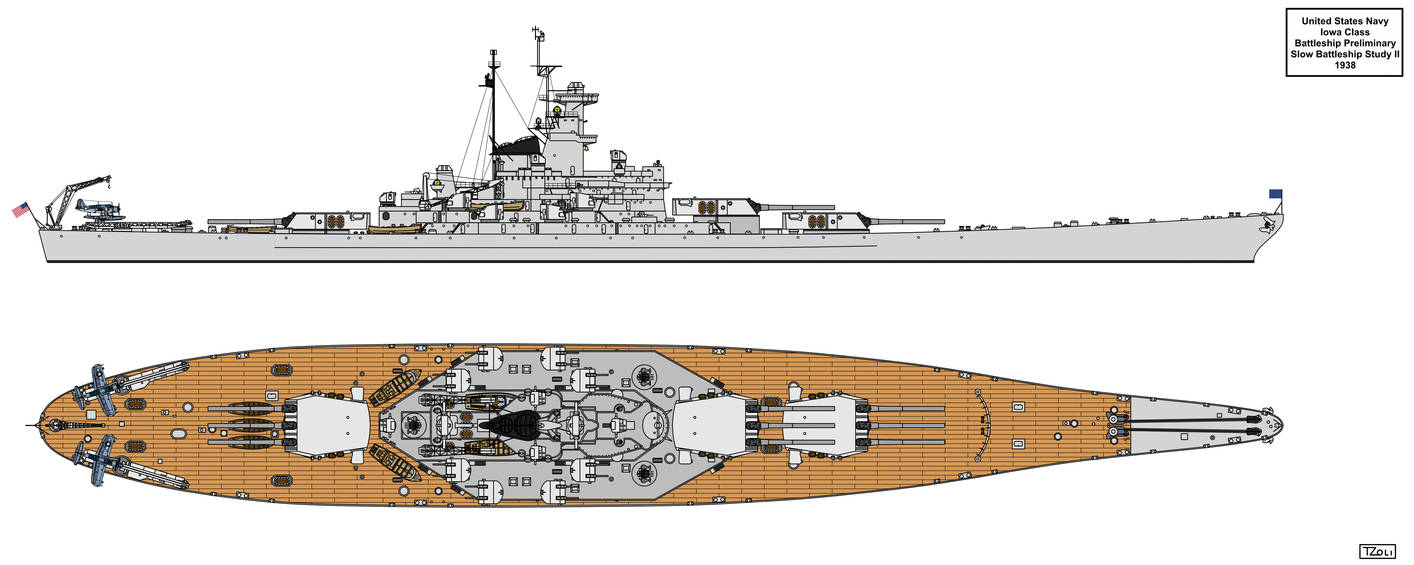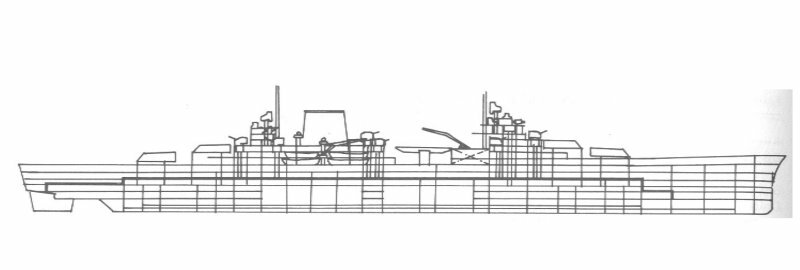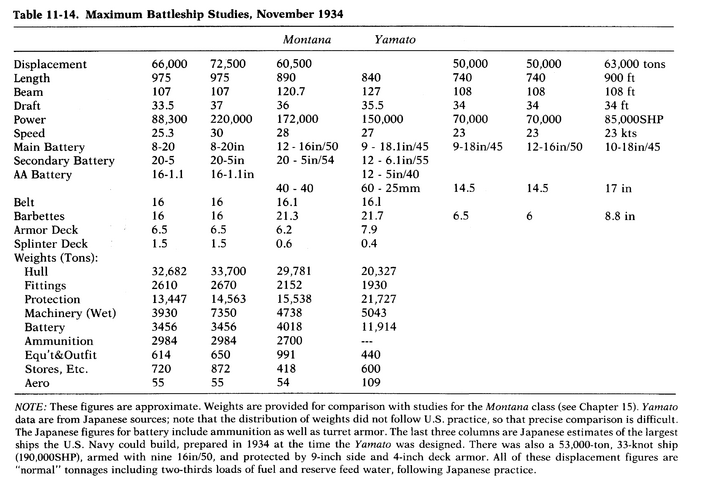Only 4 Iowas were laid down before 7 Dec 1941. All big warship construction took place on the east coast, close to the necessary industrial infrastructure.
BB-66 Kentucky was laid down on a slipway at Norfolk Navy Yard 7 March 1942. Construction had not risen above her bottom structure before it was launched on 10 June 1942 to clear the slip for LST production.
Work then restarted in Dec 1944 when that bottom structure was placed into Dry Dock No 8. It continued spasmodically, with various plans created and dropped for her until her hull was floated out in Feb 1950 and laid up.
BB-65 Illinois is a bit more of a mystery. Some work seems to have begun on her in Dec 1942 but was quickly torn down. She was relaid on a slipway at Philadelphia Navy Yard on 15 Jan 1945, cancelled on 12 Aug when 22% complete and broken up on the slip.
In 1938 funding was approved for improvements to the various US Navy Yard dock facilities. When the Montanas were designed they were too wide for the existing slipways so new dry docks had to be built to allow them to be constructed (by then ships were becoming too large to launch from traditional slipways, due to the risks of overstressing their long hulls during launch). 1 at Norfolk NY, 2 at Philadelphia NY, and 2 at New York NY with work starting in June 1940 for completion in 1942/43. Until these were available the Montanas couldn't be laid down, which accords with reports of ship building plans. These docks were 1,092ft long and 150ft wide.
When FDR relented and finally approved construction of the first 2 Midways, construction of Midway herself was allocated to the civilian yard at Newport News which had been specialising in building carriers, which already had a dry dock large enough to take her hull.
The second ship, that was renamed USS Franklin D Roosevelt while under construction, was allocated to the New York NY and built in one of the new large dry docks, by then (Oct 1943) freed up by virtue of the cancellation (July 1943) of the Montanas scheduled to have been built there.
The third ship, Coral Sea, approved some months later, was allocated to Newport News.
Also worth noting that the Panama Canal locks in 1940 were 1,050ft long 110ft wide (ship limit 106ft beam) and 41ft deep. The Montanas exceeded that width, which was only deemed acceptable because of plans to build a new set of locks 1,200ft long, 140ft wide and 45ft deep. Work on that expansion began on 1 July 1940, but was abandoned in 1942. Some of the excavations are still visible. It was the 21st century before new larger locks were built.
Edit:- The contractual completion dates for the Montanas lay between Nov 1945 & Nov 1946. So plenty of time, in pre-war planning terms, for work to progress on new Panama Canal locks.




